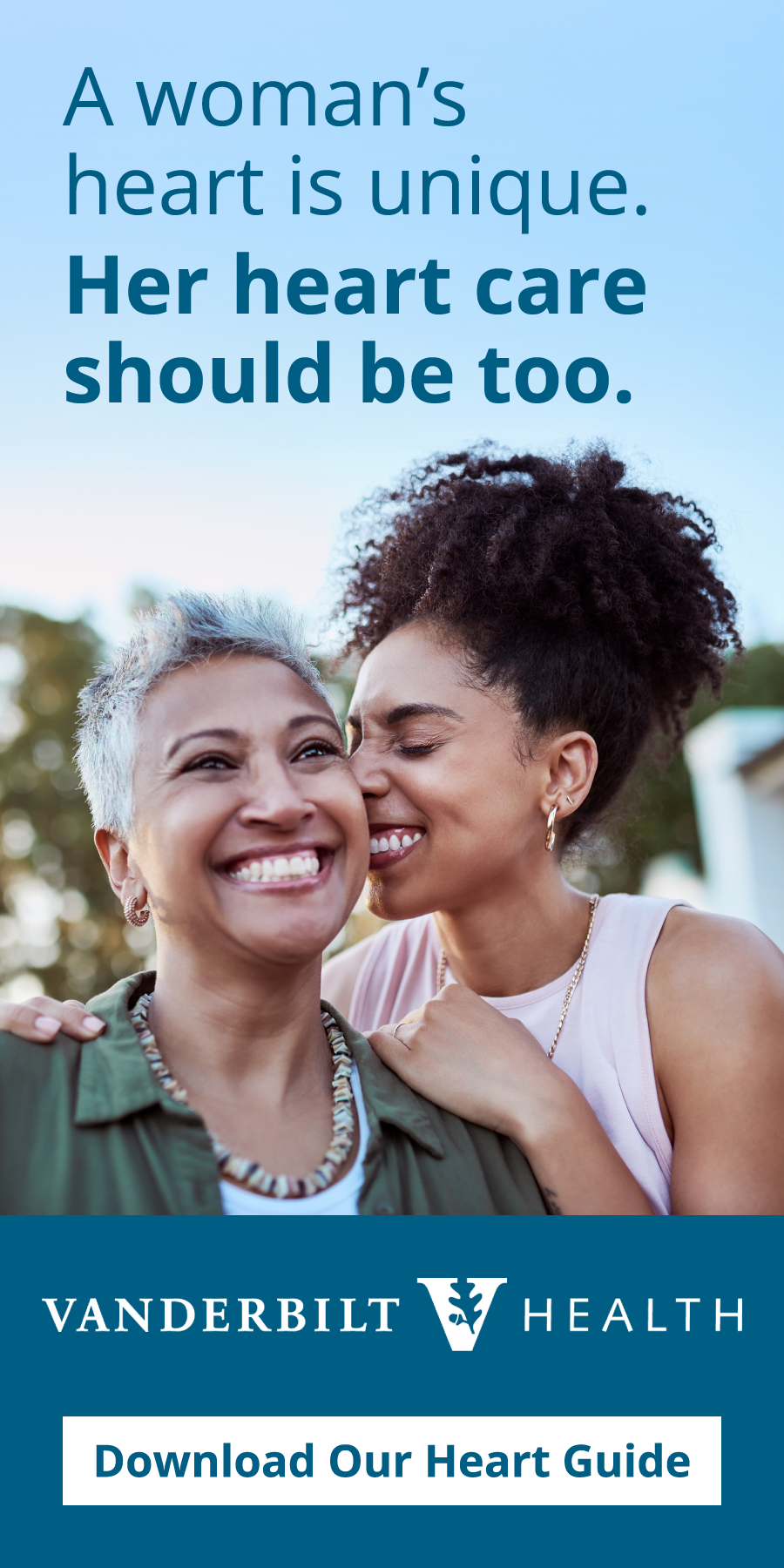Lots of misinformation has been published about this nutrient over the years. It’s time to set the record straight.
Vitamin D is one of the most-searched nutrients online, and it’s easy to see why. Plenty of misinformation has been reported about it over the years. We’re setting the record straight with these seven facts about vitamin D.
Truth #1: Vitamin D is a bit of a misnomer.
“It’s not a true vitamin in the sense that the body doesn’t have to rely on food to get it like it does with other vitamins.”
“Vitamin D is part of a family of compounds that we need in our body,” said Dr. S. Bobo Tanner IV, director of the Vanderbilt Osteoporosis Clinic. “But it’s not a true vitamin in the sense that the body doesn’t have to rely on food to get it like it does with other vitamins. The body can produce its own vitamin D from sunlight. It can’t do that with vitamin A or vitamin C.”
Vitamin D also behaves more like a hormone inside the body.
“Vitamin D floats around and attaches to cells and turns them on and off, helping to regulate various processes in the body, such as calcium absorption,” Tanner said.
Truth #2: Vitamin D does more than support bone health.
Vitamin D is essential to bone health. It helps you absorb calcium for the purpose of building strong bones. But that’s not all. It also helps regulate parathyroid functioning, supports nerve health and powers your immune system so you can fight off viruses.
Conversely, vitamin D deficiency has been linked to heart disease, depression, multiple sclerosis and type 2 diabetes. However, it is unclear if vitamin D deficiency plays a role in causing such conditions or if the relationship is merely correlated.
Truth #3: Not everyone is d-ficient.
While many reports would have you believe that everyone and (literally) their mother is deficient in vitamin D, that’s not the case. While millions of Americans may be vitamin D-deficient, these folks remain in the minority. Somewhere between 15% and 23% of people living in the U.S. have deficient blood levels of vitamin D, according to a large-scale 2023 study published in Frontiers in Nutrition.
Part of the reason for the confusion around deficiency is that recommended blood levels of vitamin D vary between healthy adults and adults who have osteoporosis. Healthy individuals are considered to be deficient if they have less than 20 nanograms/milliliter of vitamin D in their blood. People with osteoporosis, however, would be diagnosed as deficient if their blood level of vitamin D goes below 30 nanograms/milliliter.
Truth #4: Sunlight exposure is not a safe way to get vitamin D.
Exposure to UVB rays induces the body to produce vitamin D, but dermatologists advise against spending time in the sun unprotected, considering ultraviolet rays can cause skin damage, including skin cancer. Instead, the American Academy of Dermatology recommends getting vitamin D from food sources.
Truth #5: It’s difficult to get sufficient vitamin D through natural sources alone.
“The good news is that several foods are now fortified with vitamin D.”
Vitamin D is naturally found in several foods, including egg yolks, certain mushrooms, liver and sardines, but these sources aren’t sufficient.
“Cold-water fish — salmon, mackerel, that sort of thing — are a good source of vitamin D, but you’d have to eat an awful lot of it pretty regularly to get a sufficient amount of vitamin D,” Tanner said. “Same with eggs. Egg yolk has vitamin D, but you’d have to eat about 30 egg yolks a day to get the amount of vitamin D you need.”
The good news is that several foods, including milk as well as some types of bread, cereal and orange juice, are now fortified with vitamin D.
Truth #6: If you don’t regularly eat those foods, consider supplementation.
If you’re vigilant about wearing your sunscreen like you should be and don’t eat a lot of fortified foods, talk to your health care provider about taking a vitamin D supplement. As far as whether to opt for vitamin D2 or D3, Tanner says it doesn’t make much of a difference.
“Vitamin D3 is the same kind of vitamin D our bodies produce from sunlight, and it’s a little more potent,” he said. “But vitamin D2, which is derived from plant sources, works perfectly well in humans, too.”
Truth #7: It is possible to get too much of a good thing.
“As with most things in life, too much of a good thing is not good for you.”
Whichever vitamin D supplement you choose, be sure to stick to the recommended daily dose.
“As with most things in life, too much of a good thing is not good for you,” Tanner said. “It can cause problems, such as nausea, muscle weakness, dehydration and kidney stones.” Taking between 600 and 1,000 international units (IUs) of vitamin D per day is generally safe. But it’s less about how much you’re taking and more about how much vitamin D is found in your blood. Therefore, if you experience any warning signs of taking too much vitamin D, your provider will need to order a lab test to check your levels.

Personalized Primary Care
It’s important to take care of yourself, and a primary care provider will work with you over the years to be a partner in your well-being. This provider can also refer you to specialized care if you need that. If you do not have a primary care physician, consider making an appointment with a member of the Vanderbilt Primary Care team.

